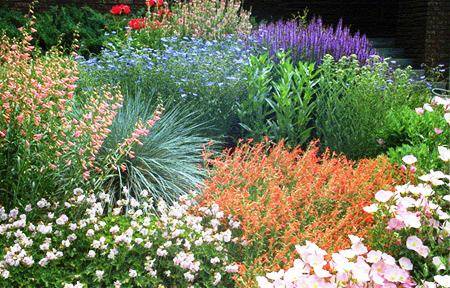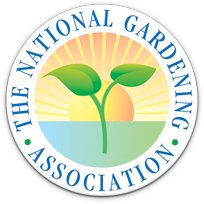Residential Seasonal Color Program
Residential Seasonal Color Program

A lot of thought should go into gardening before you even pick up a trowel. Things to determine are the garden’s dimensions, style, and makeup – and the company you hire to maintain it. At Atlanta Lawn Care Services, we’ll help you determine your personal likes and dislikes and your abilities and limitations. In subsequent we will consider the characteristics of the site, appropriate criteria for selecting plants, and ways to ensure that your gardening efforts reap successful results that you can be proud of by using an environmentally responsible approach. But before we can put that important information to good use, it is critical to examine your preferences, priorities, and point of view.
As much as you would enjoy spending many hours in your garden, you have other commitments that limit your availability, and you may be sharing your outdoor space with others who prefer non-gardening activities. Physical constraints might also inhibit your gardening pursuits, and your budget may not accommodate your elaborate gardening visions. However, with some thoughtful planning and a bit of compromise, your garden can oblige your varied outdoor requirements, limitations in time and physical ability, and, yes, even a budget that lacks a certain desired heft. In a nutshell: think about your time, your physical condition, and your budget, and take on a garden project of the size and complexity you can handle.
Choosing the Best Plants – (Click on Logo)
One of the most important steps in establishing and maintaining a beautiful garden is selecting the right plants. Matching the cultural requirements of plants with your specific garden environment significantly increases the likelihood of successful cultivation and minimizes the maintenance effort. Preferences for water, light, soil type and acidity, tolerance of wind, humidity, salt spray, and air pollution, and resistance to diseases and pests are important factors in plant selection. Some conditions, such as soil pH, can be adjusted to accommodate the needs of desired plants. Others, such as salt spray near coastal regions or air pollution near industrial areas, are essentially fixed and limiting factors in the selection process.
Plant Types
Plants are grouped according to their lifespan. The major categories are annuals, biennials, perennials, and woody plants.
• Annual – An annual completes its life cycle in a single season. It grows from seed, develops vegetatively, bears flowers, produces seed for the next generation, and then dies, all in less than a year.
• Perennial – A perennial is a plant that lives for more than two years, and a herbaceous perennial is a non-woody perennial that survives from one growing season to the next because its roots or underground storage organs (such as bulb, corm, or tuber) persist.
• Biennial – A biennial requires two growing seasons to complete its life cycle. Most biennials produce vegetative growth their first season; they flower, produce seed, and die their second season.
• Woody Plant – A woody plant is also a type of perennial, but it possesses a more permanent structure that persists above ground from season to season. Woody plants may be deciduous or evergreen. Examples include shrubs, trees, and some climbers and groundcovers.
Let our team of professionals at Atlanta Lawn Care Services provide you with the knowledge and knowhow for your next gardening project. With thousands of plants to pick from, we’ll tailor a residential seasonal color program that’s right for you and your budget. Contact us today.
call us at!






